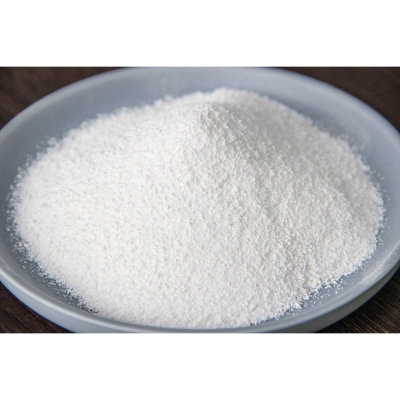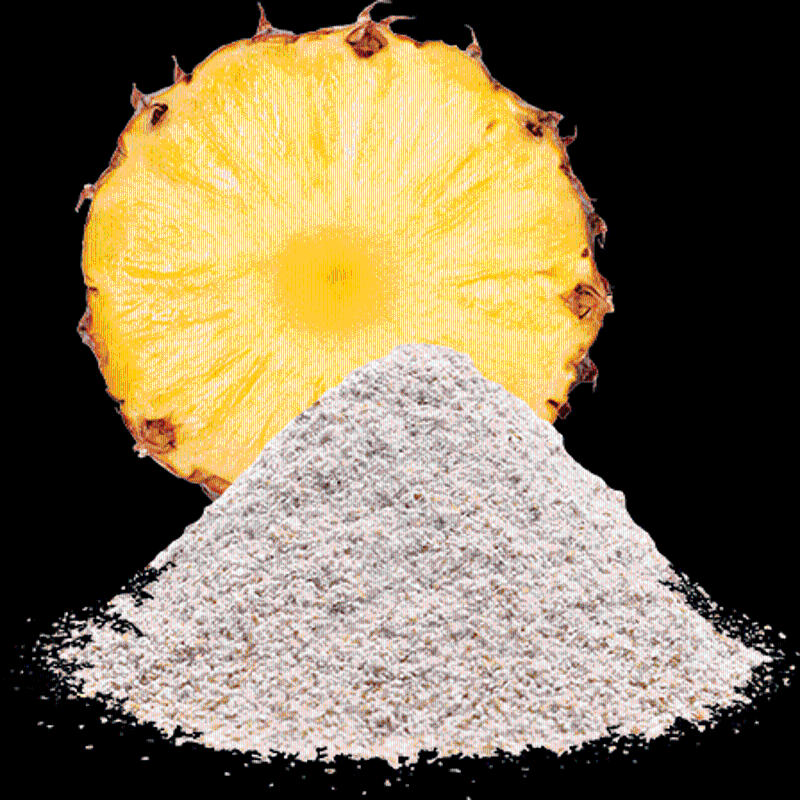-
Categories
-
Pharmaceutical Intermediates
-
Active Pharmaceutical Ingredients
-
Food Additives
- Industrial Coatings
- Agrochemicals
- Dyes and Pigments
- Surfactant
- Flavors and Fragrances
- Chemical Reagents
- Catalyst and Auxiliary
- Natural Products
- Inorganic Chemistry
-
Organic Chemistry
-
Biochemical Engineering
- Analytical Chemistry
-
Cosmetic Ingredient
- Water Treatment Chemical
-
Pharmaceutical Intermediates
Promotion
ECHEMI Mall
Wholesale
Weekly Price
Exhibition
News
-
Trade Service
The National Health and Health Commission recently announced a list of 9 new varieties of food additives, including a new food raw material, leaf-eating grass and protease
new food raw materials
Foliage grass is a perennial Polygonaceae sorrel, which is produced by backcross breeding of the Rumex K-1 sorrel introduced from China and the wild sorrel of China
In view of the lack of data on the food safety of leaf-eating grass in infants, pregnant women and lactating women, it is not suitable for consumption from the principle of risk prevention, and the labels and instructions should indicate that it is not suitable for people
The food safety index of this raw material is implemented in accordance with the provisions of the current national food safety standard in China for leafy vegetables
New varieties of food additives
Protease pyrolytic protein derived from Bacillus anaerobes
Glutaminase from Bacillus licheniformis
Source of xylanase Trichoderma listei
African arrowroot extracts are allowed to be used as food flavors by the European Commission, the American Association of Flavor and Extract Manufacturers, and the International Organization of Food Flavor and Flavor Industry
Announcement No.
The substance is used as a sweetener in carbonated beverages (food category 14.
Kederan gum, as a stabilizer, coagulant and thickener, has been included in the "National Food Safety Standard for the Use of Food Additives" (GB 2760), and is allowed to be used in food categories such as cooked meat products and jelly.
The substance is used as a thickener in the conditioning of meat products (addition of raw meat condiments) (food category 08.
Chili red chili red as a colorant has been included in the "National Food Safety Standard for the Use of Food Additives" (GB2760), and is allowed to be used in cooked meat products, instant rice and noodle products, condiments and other food categories.
The substance is used as a colorant in the preparation of meat products (condiments added to raw meat) (food category 08.
Capsicum oleoresin Capsicum oleoresin as a flavor enhancer and colorant has been included in the "National Food Safety Standard for the Use of Food Additives" (GB 2760), and is allowed to be used in food categories such as dried tofu, spice oil, compound seasoning, etc.
The substance is used as a flavor enhancer, colorant in other (Konjac gel products only) (food category 16.
Sucrose fatty acid esters As emulsifiers, sucrose fatty acid esters have been listed in the "National Food Safety Standard for the Use of Food Additives" (GB 2760), and are allowed to be used in food categories such as modulated milk and condiments.
Cream (food category 01.
05.
01)
.
It is approved by the Codex Alimentarius Commission, the US Food and Drug Administration and the European Commission as an emulsifier for pasteurized cream
.
According to the evaluation results of the Joint FAO/WHO Expert Committee on Food Additives, the acceptable daily intake of this substance is 0-30 mg per kilogram of body weight
The substance is used as an emulsifier in cream (food category 01.
05.
01), improving the cream's emulsifying properties and preventing the cream from coagulating
.
Its quality specification implements "National Food Safety Standard Food Additive Sucrose Fatty Acid Ester" (GB 1886.
27)
.
(Yang Xiaojing)
"China Food News" (November 1, 2021 06 edition)
(Editor-in-charge: Yang Xiaojing)







